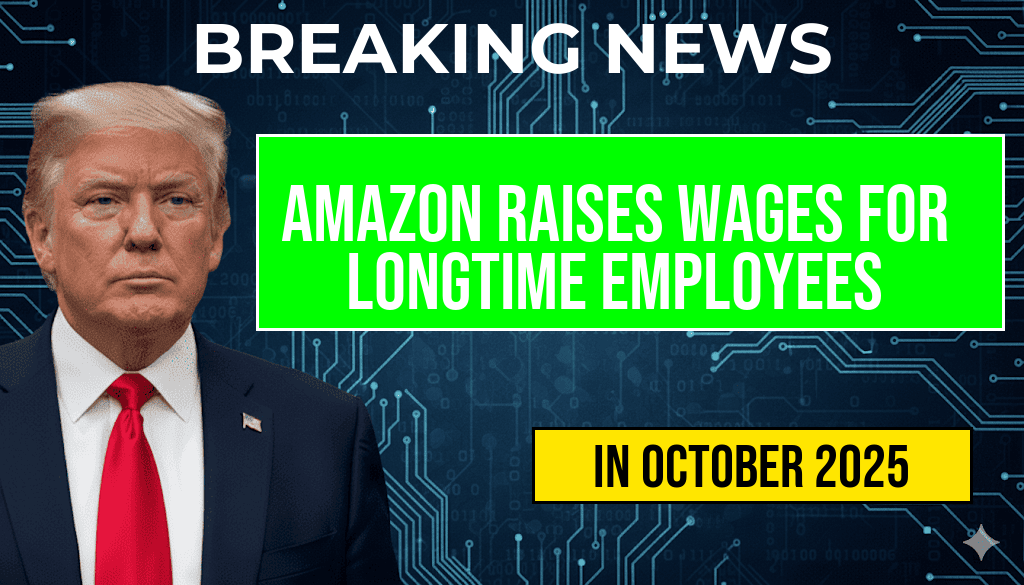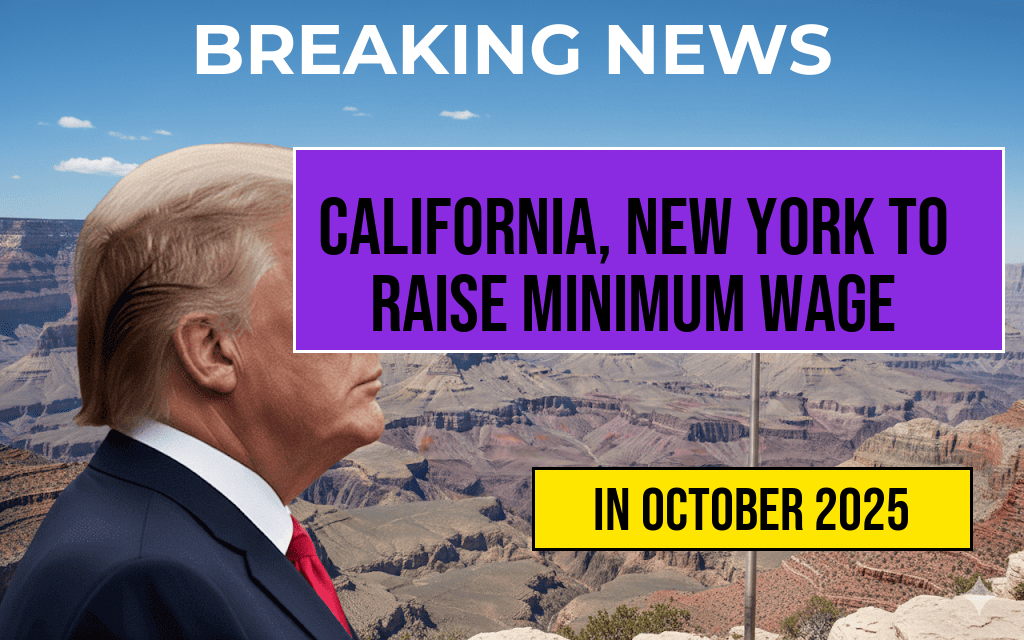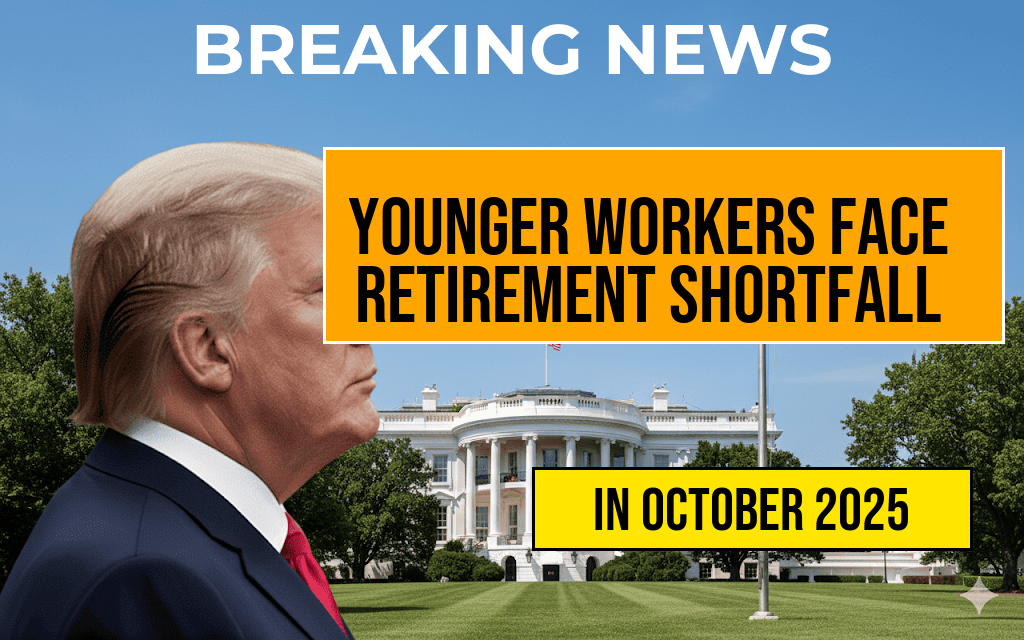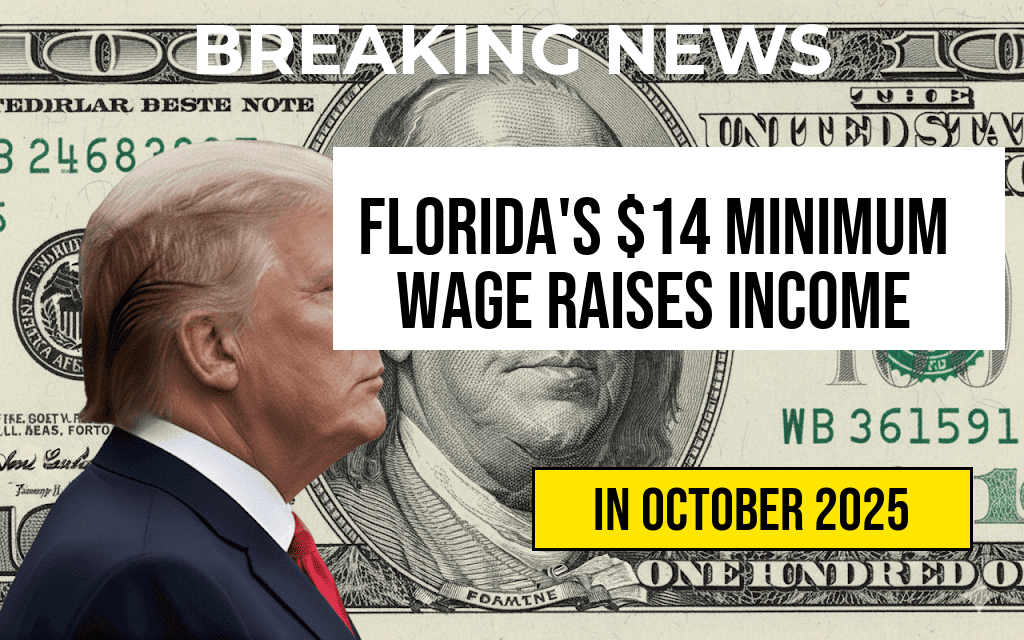The Internal Revenue Service (IRS) has announced an increase in the annual contribution limit for 401(k) retirement plans, allowing employees to contribute up to $23,500 in 2025. This adjustment reflects ongoing efforts to help Americans bolster their retirement savings amid rising living costs and economic uncertainties. The new limit represents a significant increase from the previous cap of $22,500 in 2024, providing workers with an opportunity to save more tax-deferred dollars each year. Additionally, the IRS has increased the catch-up contribution limit for individuals aged 50 and older, enabling eligible employees to contribute an extra $7,500, bringing their total potential contribution to $31,000 in 2025. These changes are part of annual adjustments made to accommodate inflation and maintain retirement savings goals, emphasizing the importance of proactive financial planning for future security.
Details of the 2025 401(k) Contribution Limits
Standard Contribution Cap
| Contribution Type | Limit |
|---|---|
| Employee Contribution Limit | $23,500 |
| Catch-up Contribution (age 50 and over) | $7,500 |
| Total Possible Contribution (including catch-up) | $31,000 |
These figures are set by the IRS, which reviews and adjusts contribution limits annually based on inflation and other economic indicators. The increase in the standard contribution limit aims to encourage higher retirement savings among American workers, especially as economic challenges and inflationary pressures impact household budgets.
Implications for Retirement Planning
Enhanced Savings Opportunities
For employees, the higher contribution limit provides an opportunity to accelerate retirement savings without altering their current contribution rates significantly. For instance, someone contributing the maximum in 2024 can now increase their annual contributions by an additional $1,000 in 2025, potentially shortening the time needed to reach their retirement goals.
Employer Contributions and Tax Benefits
Employers often match a portion of employee contributions, further boosting retirement funds. With the increased limits, businesses may also consider adjusting their matching strategies to encourage higher employee contributions. Furthermore, contributions to traditional 401(k) plans remain tax-deferred, reducing taxable income for the year in which contributions are made, while earnings grow tax-free until withdrawal.
Considerations for Financial Advisors
Financial advisors recommend reviewing retirement strategies periodically, especially when contribution limits change. Increasing contributions can significantly impact long-term wealth accumulation, but individuals should also consider diversification, investment choices within their 401(k), and overall financial goals. For those nearing retirement, maximizing contributions early in the year can be particularly advantageous due to compound growth.
Additional Factors to Keep in Mind
Contribution Limits for Other Retirement Accounts
- Individual Retirement Accounts (IRAs): The limit remains at $6,500 in 2025, with a $1,000 catch-up contribution for those aged 50 and over.
- Simple IRA Plans and Other Employer-sponsored Plans: Limits may vary; employees should consult their plan administrators for specifics.
Impact of Inflation Adjustments
The IRS periodically adjusts retirement contribution limits based on inflation, ensuring that the real value of retirement savings remains protected over time. The increase to $23,500 reflects a moderate rise, aligning with broader economic trends and maintaining the purchasing power of retirement contributions.
Sources and Additional Reading
- Retirement savings in the United States – Wikipedia
- What the 401(k) Increase Means for Your Retirement – Forbes
- IRS Retirement Plan Limits
Frequently Asked Questions
What is the new 401(k) contribution limit for 2025?
The 401(k) contribution limit has increased to $23,500 for the year 2025, allowing employees to save more for retirement.
Who is eligible to contribute up to the new limit in 2025?
Employees who participate in employer-sponsored 401(k) plans and are of eligible age can contribute up to the $23,500 limit in 2025, subject to plan-specific rules.
Are catch-up contributions available for those aged 50 and above in 2025?
Yes, individuals aged 50 and above can make additional catch-up contributions on top of the standard limit, further increasing their total retirement savings potential.
How does the contribution limit increase impact overall retirement savings?
The increase to $23,500 enables employees to contribute more annually, helping them reach their retirement savings goals faster and potentially increasing their future financial security.
When was the 401(k) contribution limit last increased?
The 401(k) contribution limit is typically adjusted annually for inflation. The recent increase to $23,500 reflects the latest adjustment for 2025, continuing a trend of gradual increases.










